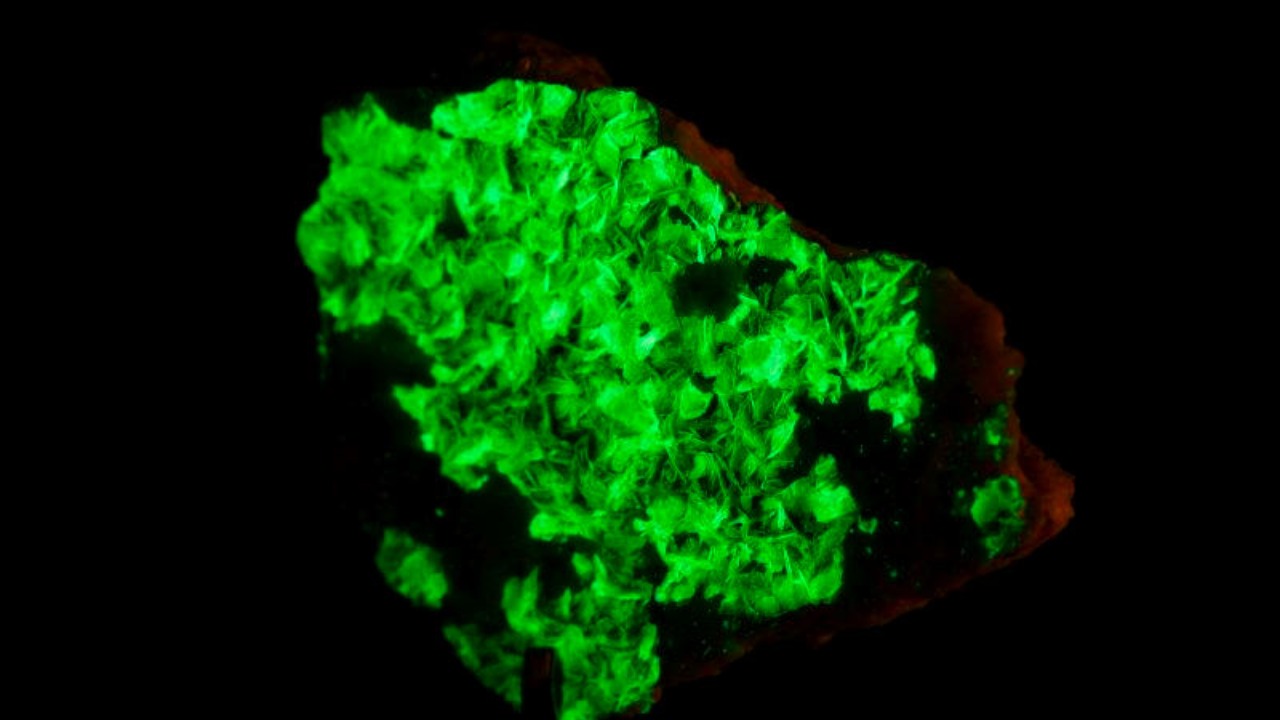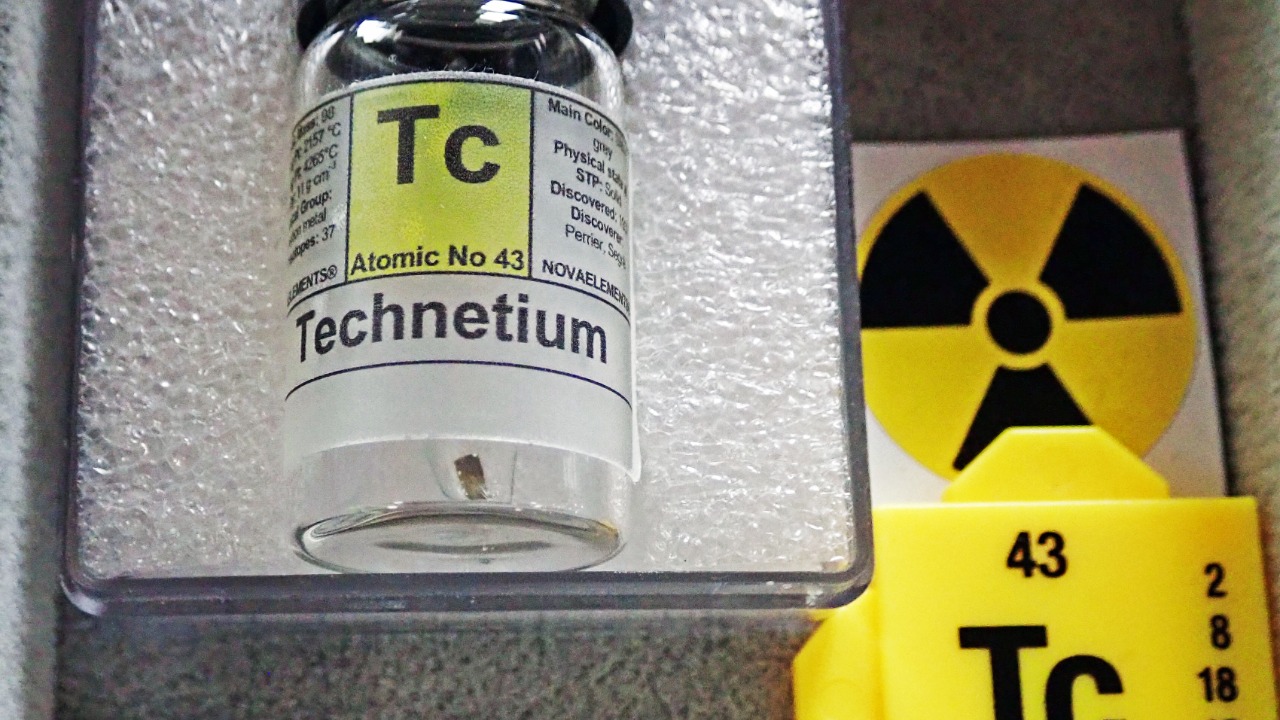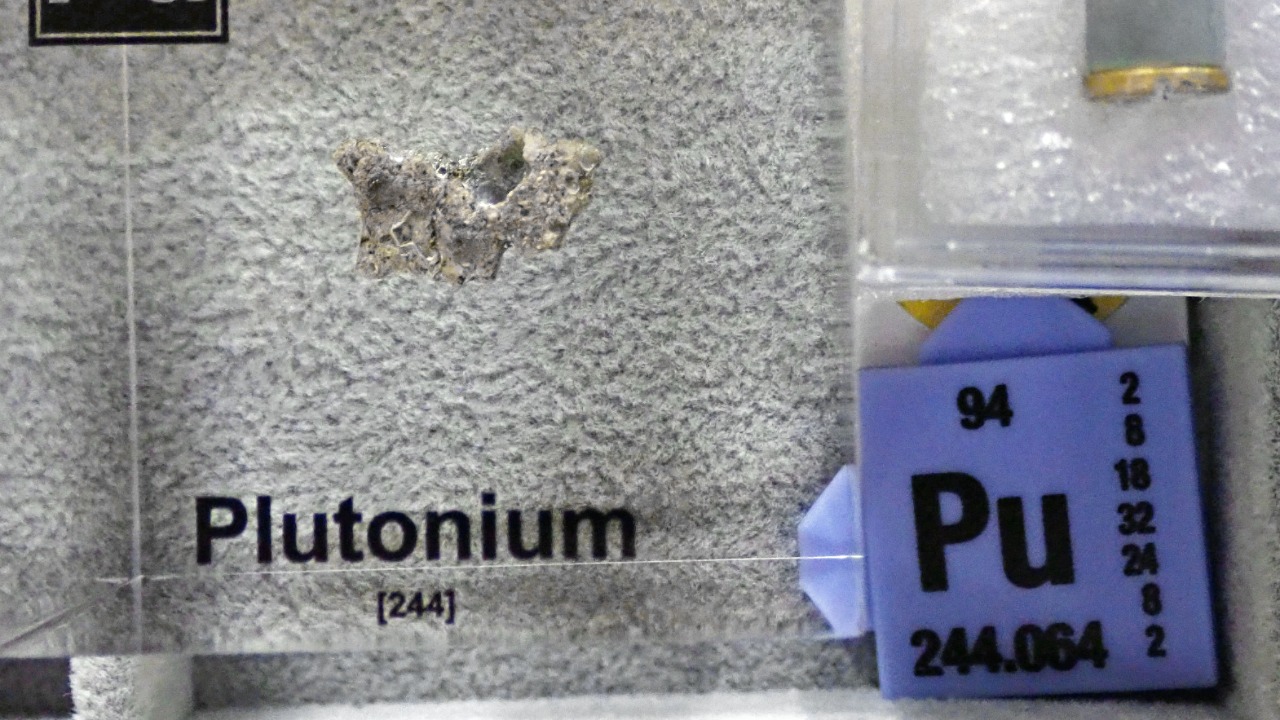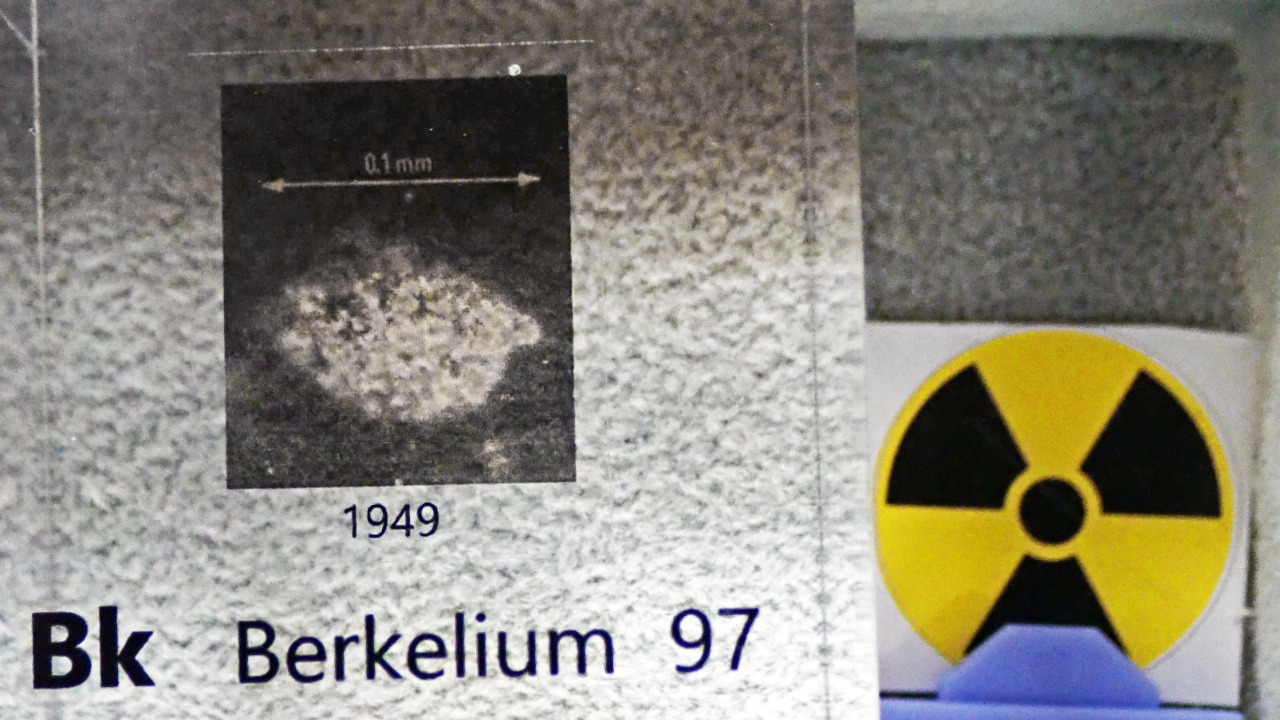
In the world of chemistry, certain elements are notoriously hard to recreate. These elements, often found in trace amounts on Earth, challenge scientists due to their instability and rarity. Let’s dive into seven such elusive elements that continue to intrigue researchers globally.
1. Astatine

Astatine is known as the rarest naturally occurring element on Earth. Its scarcity is due to its highly unstable nature, with all its isotopes being radioactive. Astatine’s fleeting existence means it can only be observed in minuscule amounts. Scientists have tried to study it, but its rapid decay poses significant challenges. Interestingly, astatine is thought to have properties similar to iodine, yet its applications remain largely unexplored due to its elusiveness.
Despite these challenges, researchers continue to investigate astatine’s potential uses, particularly in the medical field, where its radioactive properties might offer therapeutic benefits.
2. Francium

Francium holds the title of the second rarest element in the Earth’s crust. Like astatine, it is highly radioactive and decays quickly. Francium is primarily produced through the decay of actinium and has a very short half-life, making it incredibly difficult to study. Its fleeting presence means that only about 30 grams of francium are estimated to exist on Earth at any given time.
Due to its instability, francium has no significant commercial applications. However, it remains a subject of interest for researchers aiming to understand more about the alkali metal group to which it belongs.
3. Technetium

Technetium is unique in that it’s the lightest element with no stable isotopes. This element is primarily synthesized in nuclear reactors, as it doesn’t occur naturally in significant amounts on Earth. Technetium’s most notable use is in the medical industry, where it’s employed in diagnostic imaging.
Despite its practical applications, the difficulty in recreating technetium stems from its radioactive properties and the complex processes needed to synthesize it. Its existence and properties continue to provide valuable insights into the study of nuclear chemistry.
4. Promethium

Promethium is another element that doesn’t occur naturally in significant quantities. It’s typically obtained as a byproduct of nuclear reactor activities. Promethium’s primary application is in luminous paint, nuclear batteries, and some specialized types of luminescent materials.
While it can be synthesized, the challenge lies in its quick decay and the complex procedures required to isolate it. Promethium’s scarcity and radioactive nature make it a challenging element to study and utilize extensively.
5. Plutonium-244

Plutonium-244 is particularly rare due to its exceedingly long half-life, which is estimated to be around 80 million years. Unlike other isotopes of plutonium, Plutonium-244 is not a byproduct of nuclear reactors and must be sourced from naturally occurring processes, such as the spontaneous fission of uranium.
This isotope’s rarity and stability make it a subject of interest for researchers exploring the origins of heavy elements in the universe. However, recreating it in a laboratory setting remains an extremely challenging task.
6. Californium-252

Californium-252 is a synthetic element with applications in neutron radiography and cancer treatment. Despite its usefulness, the production of Californium-252 is a complex process, involving particle accelerators and the irradiation of other elements, such as curium.
Its rarity and the high costs associated with its production limit its availability. While scientists have developed methods to synthesize Californium-252, its intricate production process makes it one of the more challenging isotopes to obtain in large quantities.
7. Berkelium-249

Berkelium-249 is an elusive actinide element that is primarily produced in minute quantities in nuclear reactors. Its primary use is in scientific research as a target material for producing heavier elements. However, its production is labor-intensive and costly, requiring highly specialized facilities.
Despite these challenges, Berkelium-249 plays a crucial role in the study of transuranium elements. The complexities involved in its synthesis and handling highlight the ongoing challenges researchers face in the field of nuclear chemistry.